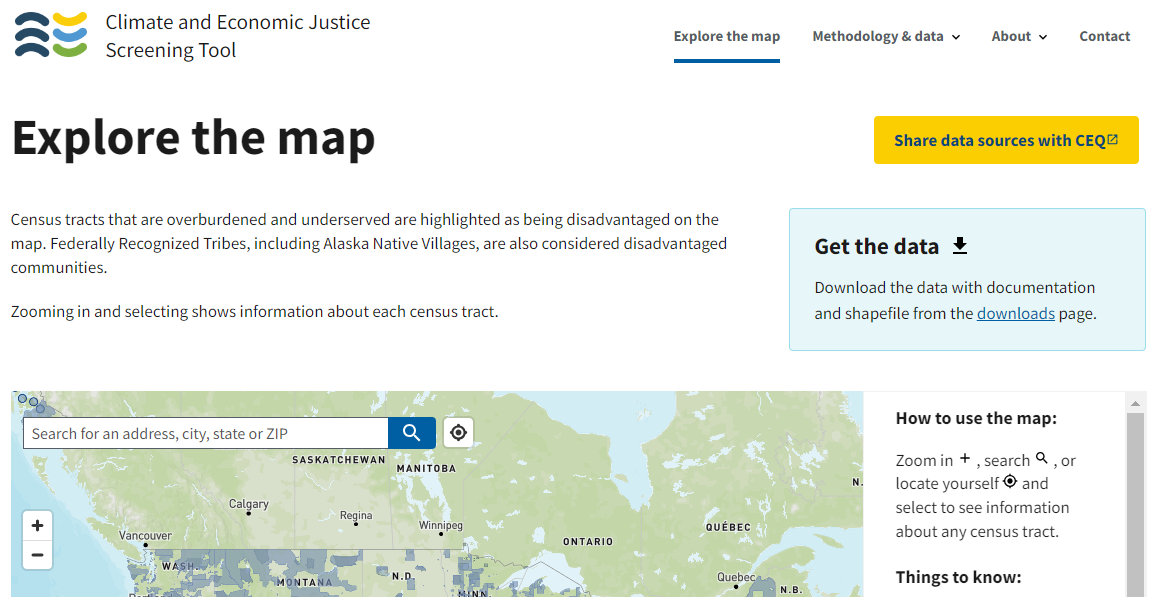Data Source: MARC analysis of local land records, 2023
Wyandotte County, Kansas, and Jackson County, Missouri, had the largest number of census tracts identified as disadvantaged and overburdened in the screening tool and had the highest volume of investor ownership. As a percentage of ownership, the nine highest tracts for investor ownership were in Wyandotte County with a range 72% to 87% investor-owned. The tract with the highest number of investor-owned single-family houses was in Jackson County with 64% of 1,586 single-family held by investors with 10 or more properties.
Identifying areas facing significant challenges allows policymakers and communities to address the issues exacerbating these challenges and identify work already happening within these communities to alleviate these burdens on low-income households. Jackson and Wyandotte counties as well as Kansas City, Missouri, have land banks. These land banks can serve as an effective tool to mitigate the adverse effects of high-volume investor ownership in vulnerable communities. An analysis of how these agencies move properties back to the market and the implementation of strong policies focused on the health, safety and well-being of communities could alleviate some of the burdens faced in these communities. In addition, the concentration of investor ownership within these tracts offers policymakers the opportunity to work directly with those heavily invested in the community to improve conditions within these areas, particularly on issues of energy consumption and the health and safety of rental housing. This could include better insulation and air circulation, lead encapsulation or removal, and the installation of modern HVAC systems.
Multiple Challenges
Low-income households face significant barriers to opportunity. Housing, particularly stable housing, is a key variable in achieving better outcomes for these residents. But beyond finding a place at a price one can afford, housing presents a set of complex challenges both for households, who make trade-offs between price and location, and for policymakers who want to address affordability and increase opportunity. An approach to housing that recognizes the myriad of challenges low-income communities face from high utility costs, potential lead exposure, limited access to transportation, and high transportation costs to job opportunities can more fully address the need for housing that is affordable and that contributes to safe and healthy environments.
Over the past few months, MARC has looked at changes in the region’s single-family real estate market. Real estate investors have become a significant part of the single-family housing market. The rise of high-volume investors creates significant challenges both for homebuyers and for renters. The ability of investors to use cash to outbid individual buyers shrinks the market of available houses for purchase, particularly for first-time buyers. Investor strategies that consolidate holdings in particular neighborhoods give investors the ability to push rents higher in these areas by creating a monopoly of sorts. For low-income communities, the stakes are high as increasing energy costs challenge budgets, substandard housing puts them and their family’s health at risk, and there is limited access to jobs and transportation.
In this region, housing has been an afterthought for much of the last century. It was cheap, plentiful and something the market would provide. That is no longer the case as supply dwindles and prices climb. Supply remains a significant issue, particularly for low-income families and first-time homebuyers. Yet increasing supply, particularly in the housing market, takes considerable time to catch up with current demand. There is a need for strategies, policies and approaches that assist households across the region in need of affordable housing. Over 42% of households, renter and owner, are cost-burdened. This means these households pay over 30% of their annual income on housing and utilities.
Research demonstrates that cost-burdened households often make monthly choices on where to reduce spending or what necessities to forgo, such as food and health care. The lack of affordable housing options means renters are often choosing between accepting substandard conditions to have a roof over their head or paying more for transportation to travel farther to work. A regional approach to affordable housing will require a holistic understanding of housing and a mix of policies that meet current needs, increase future supply, and ensure affordable housing across income levels and in more places.








